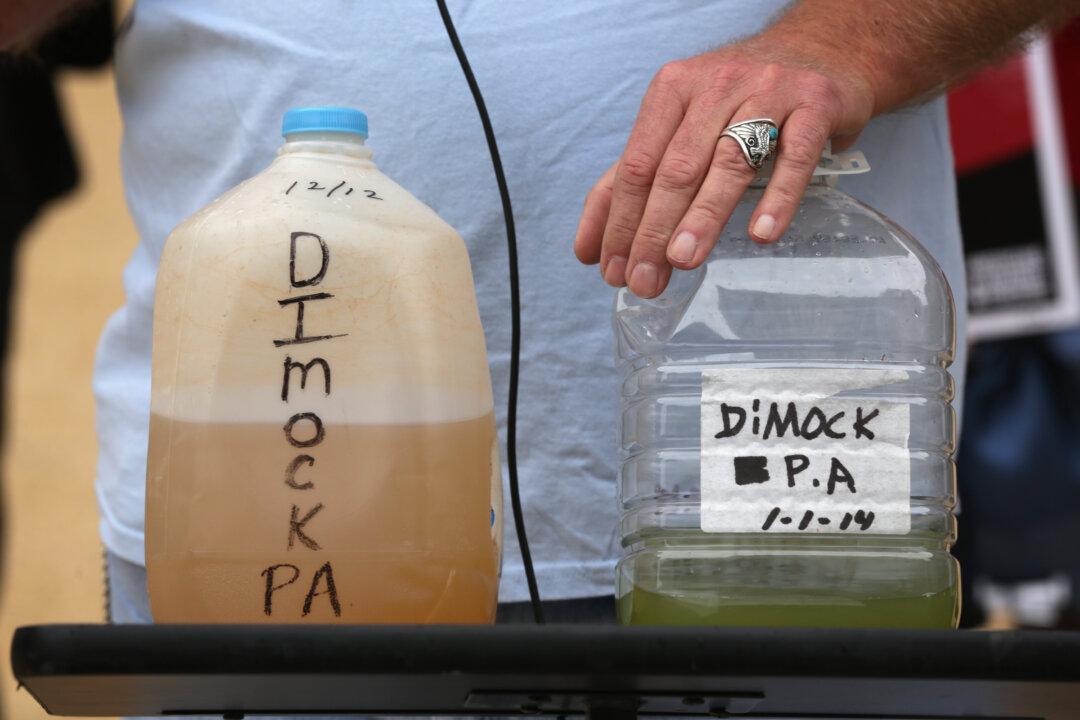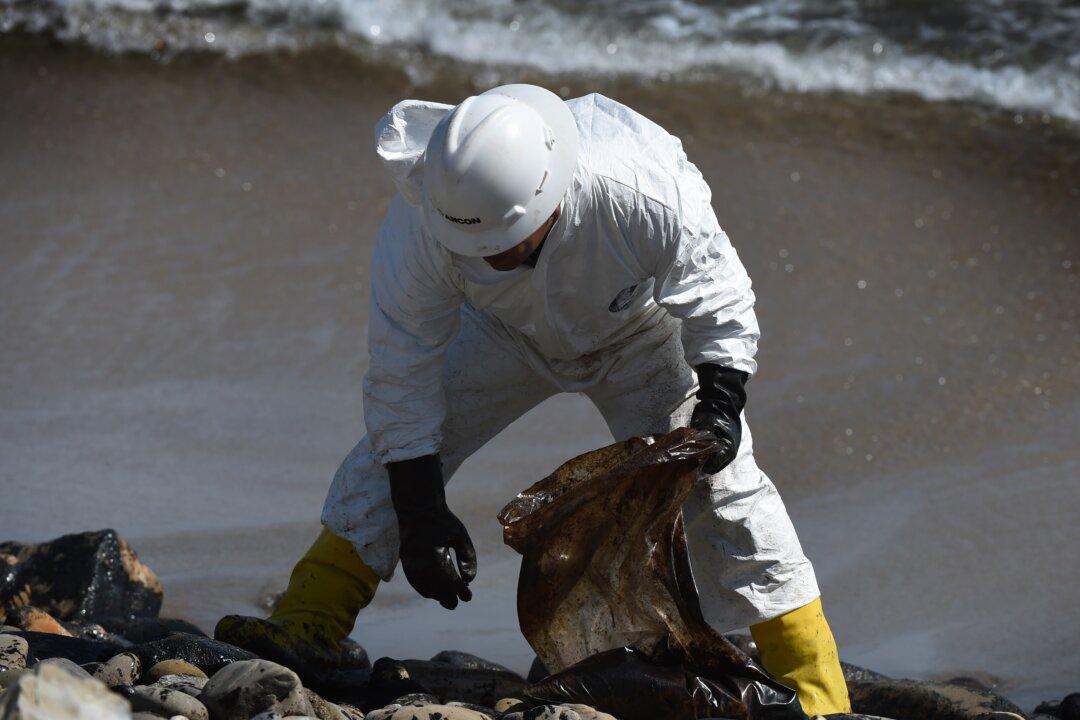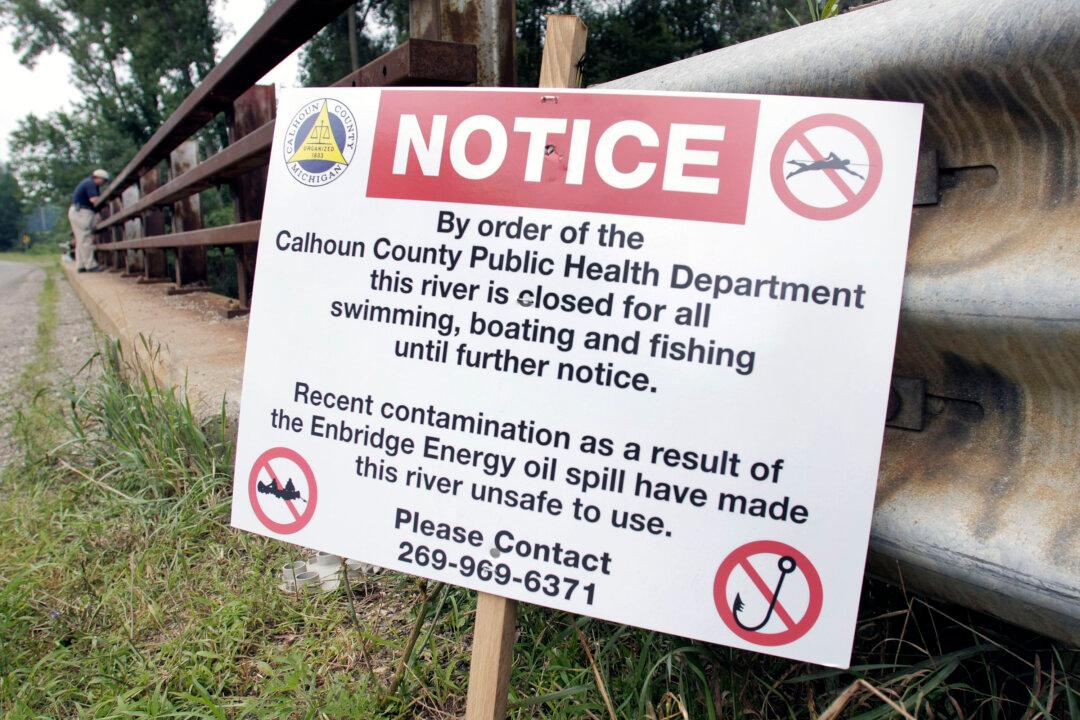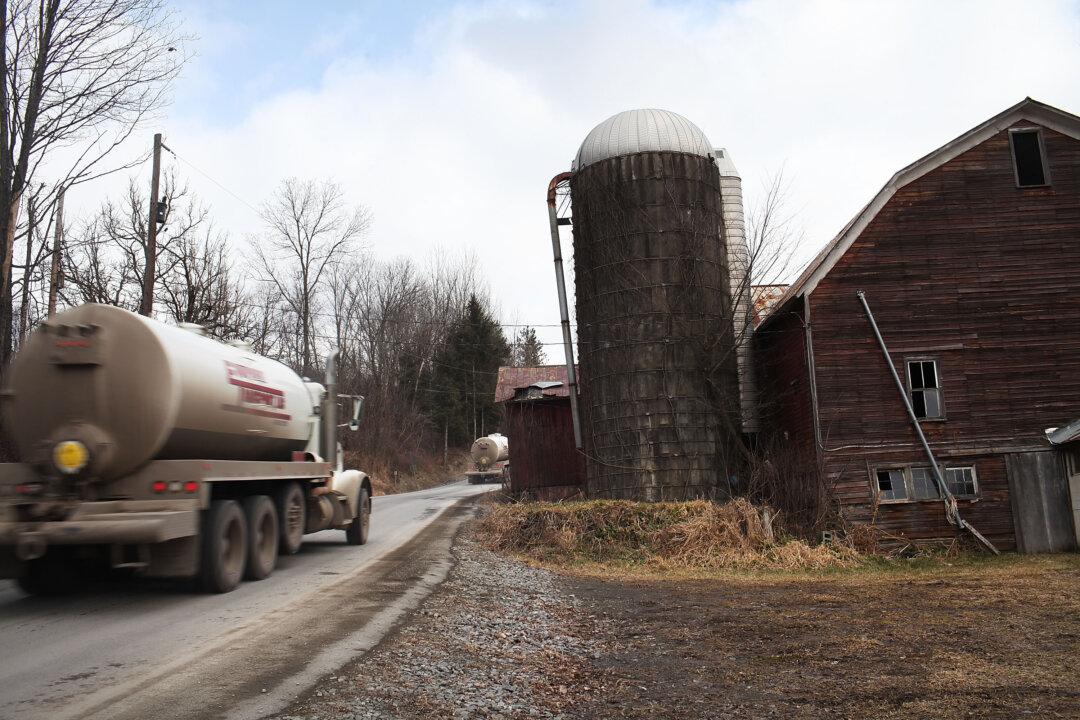Last month, the Senate voted for the first time on closing a dangerous loophole in the Clean Water and Safe Drinking Water Acts. The “Halliburton loophole” allows oil and gas drillers to inject hazardous chemicals into the ground during fracking operations—without revealing the content of their chemical cocktail. The vote failed 35–63.
This comes at a time when evidence of health and environmental damage caused by fracking is growing.
The United States is amid an unprecedented drilling boom, spurred by hydraulic fracturing, which uses pressurized water, sand, and a secret mix of chemicals to shatter shale bedrock, releasing deep-earth natural gas and oil deposits.
Some 15 million Americans now live within a mile of these operations, which are fast transforming America’s pristine rural landscapes into industrialized, polluted, scarred drilling zones.
From the start, those living near fracking sites reported unbreathable air, tainted drinking water, livestock deaths, unlined wastewater pits, and drilling accidents. Many suffer from similar symptoms, including severe headaches, skin rashes, lesions that won’t heal, blackouts, seizures, neurological problems, deafness, heart problems, and nerve damage.
New research documents other, insidious effects: Many fracking chemicals disrupt the body’s hormonal messaging system. One study showed that infinitesimal doses of 24 chemicals tested at fracking spill sites in Garfield County, Colo., can disrupt endocrine functions.




